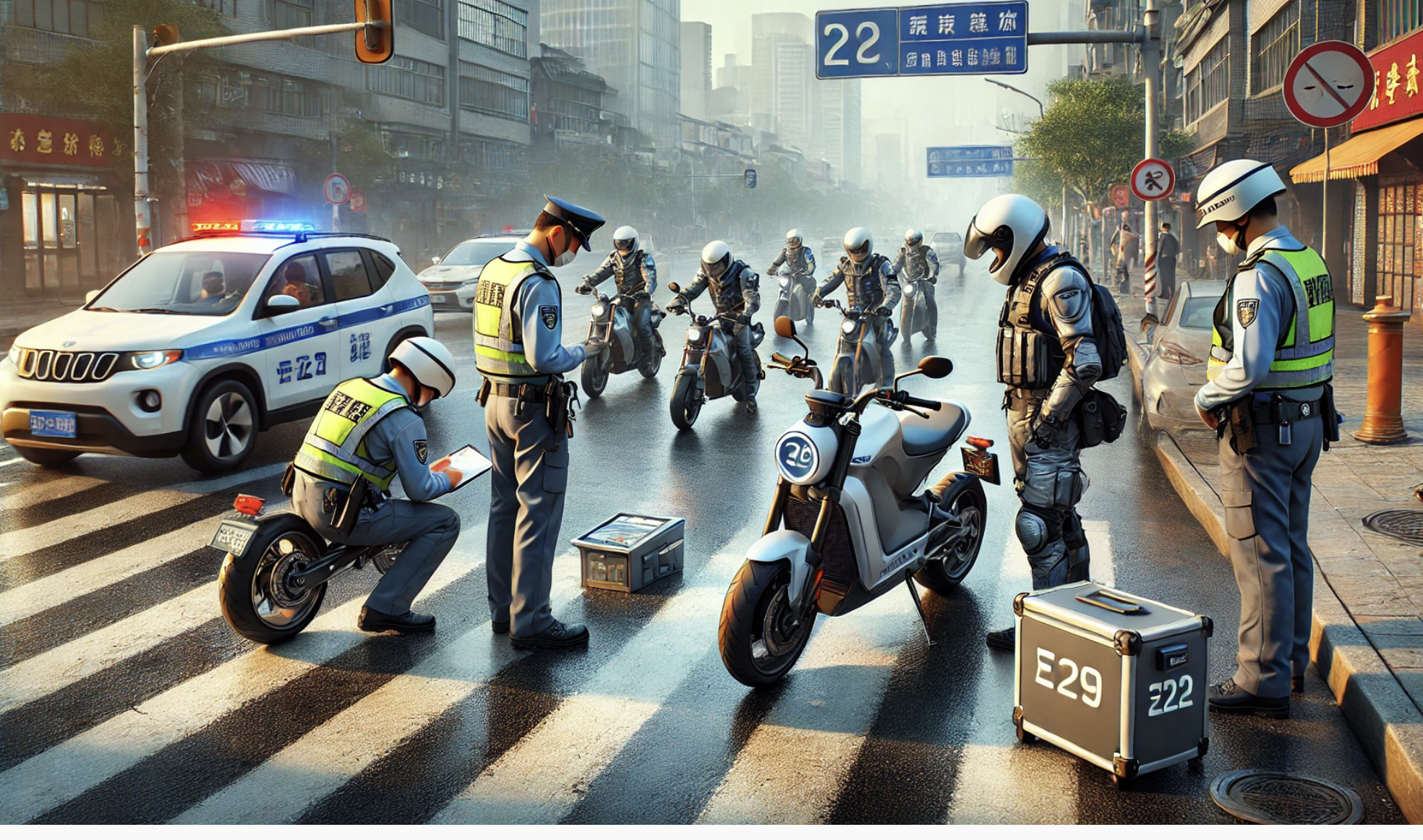
AsianFin — China’s ubiquitous electric bicycles, currently averaging one unit per three people, are facing a sweeping transformation that will drastically limit their speed and reshape the market.
Under the newly implemented Safety Technical Specification for Electric Bicycles (GB 17761-2024), effective September 1, all e-bikes must be designed with a top speed no greater than 25 kilometers per hour (15.5 mph). A pioneering “overspeed power cut-off” mechanism will automatically disable motor assistance once this limit is exceeded, forcing riders to coast on inertia without further acceleration.
The regulation further mandates manufacturers to eliminate any modification interfaces for critical components—such as speed limiters and controllers—aiming to block illegal tampering that has long allowed e-bikes to hit speeds of up to 100 km/h.
This marks a sharp pivot from the past decade’s trend of ever-faster e-bikes that blurred lines with motorcycles. Riders seeking higher speeds will now require a motorcycle license and corresponding plates, effectively separating the two-wheeled electric vehicle market into distinct categories.

“Low-speed electric scooters are essentially a product form unique to the Chinese market,” an industry insider said. “They were developed under the constraints of China’s motorcycle ban policies and the national standard, tailored specifically for short-distance urban mobility. This product type lacks competitiveness internationally, where such motorcycle restrictions don’t exist.”
Electric bicycles first emerged in China in 1995 with Tsinghua University’s prototype, evolving rapidly after the 2001 motorcycle ban spurred explosive demand. Production soared from fewer than 50,000 units in 2000 to nearly 10 million by 2003. By 2013, annual output hit over 36 million, driven by advances in batteries and motors.
However, despite a 2019 standard capping speeds at 25 km/h, many e-bikes circumvented limits through simple “backdoors” in controllers. This loophole enabled illegal modifications pushing speeds to 40–50 km/h and sometimes 100 km/h—heightening accident risks.
The World Health Organization underscored the link between speed and accident severity in December 2023, citing a 4% rise in fatal crash risk for every 1% speed increase. Chinese CDC data from 2019 revealed that, on average, one electric bicycle rider died and five were injured every hour in road accidents nationwide.
In response, the 2024 national standard closes modification loopholes by enforcing anti-tampering controls on speed limiters and controllers, prohibiting alterations via wiring or IoT hacks. Battery output, motor design, and control systems must be redesigned to ensure speeds cannot exceed 25 km/h.
Though the September 1 deadline is still weeks away, major manufacturers have begun phasing out non-compliant models. Yadea and Segway-Ninebot removed traditional e-bikes from major online platforms mid-July, replacing them with new “national standard” models priced from 2,699 yuan ($375). Offline stores are clearing legacy stock, with production of old models ceasing nationwide by September 1 and sales ending by December 1.
Local governments are promoting trade-in programs with subsidies up to 40% of new bike prices, targeting safety improvements and recycling. For example, Shanghai offers 600 yuan for trading in lead-acid battery bikes, while Zhejiang’s subsidy can reach 1,200 yuan.
The tighter safety requirements—ranging from flame-retardant plastics capped at 5.5% of bike weight to mandatory BeiDou GPS modules for commercial delivery bikes—are expected to increase manufacturing costs by 20%–25%. Battery upgrades alone add roughly 280 yuan per unit, while anti-tampering chips and safety devices add 120–300 yuan more.
Industry analysts anticipate prices for entry-level national standard e-bikes rising from 1,500–2,000 yuan to 2,000–2,500 yuan ($280–$370). However, mass production and government incentives are expected to stabilize costs over time.
China’s food delivery sector, comprising over 10 million riders who average 120 km daily, relies heavily on two-wheeled electric vehicles. Delivery e-bikes undergo frequent charging, battery replacements, and rapid turnover—every two years on average.
The new standard’s speed and weight limits pose challenges for delivery fleets prioritizing speed, battery capacity, and load. Experts caution that while tampering and safety issues may improve, the stricter rules could clash with operational needs.
With stricter regulations, anti-tampering technologies, and coordinated trade-in programs, China’s electric bicycle market is poised for a fundamental reset. The days of fast, heavily modified “little donkey” e-bikes racing through urban streets are numbered.
As the country balances mobility, safety, and regulatory compliance, China’s electric bicycle industry is entering a new chapter—one defined by speed limits, enhanced safety features, and an evolving market landscape.
更多精彩内容,关注钛媒体微信号(ID:taimeiti),或者下载钛媒体App

